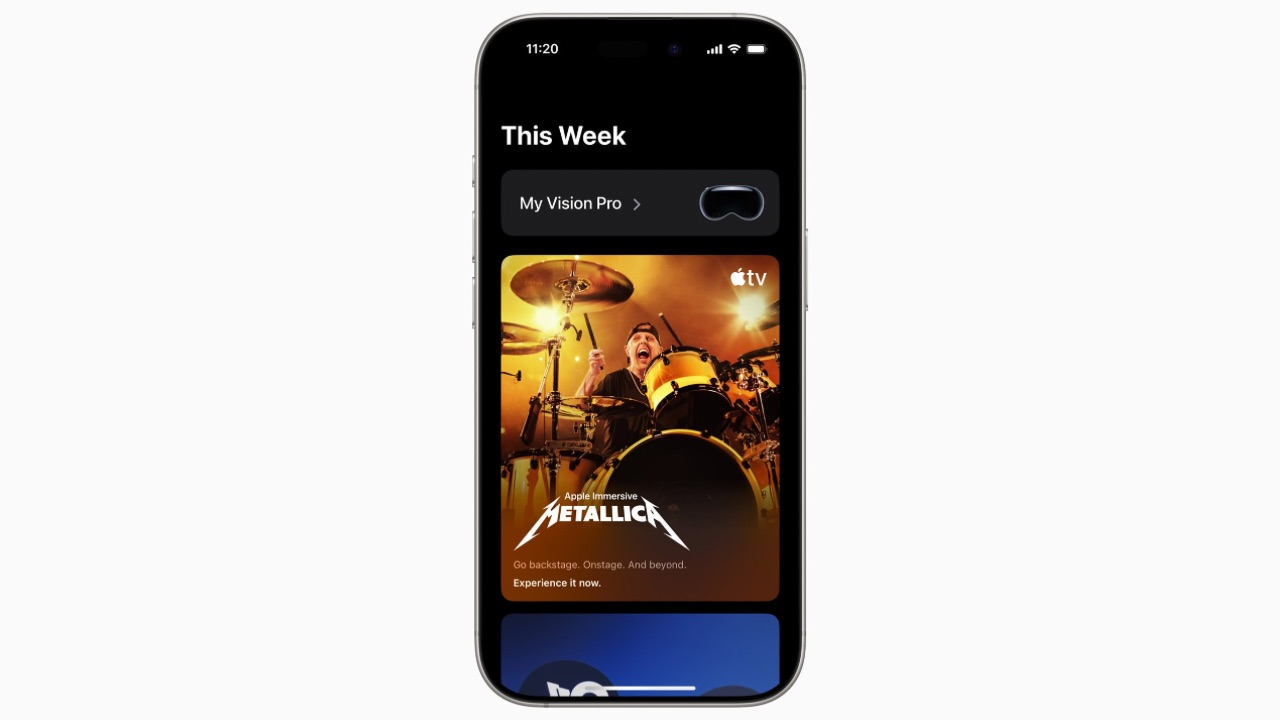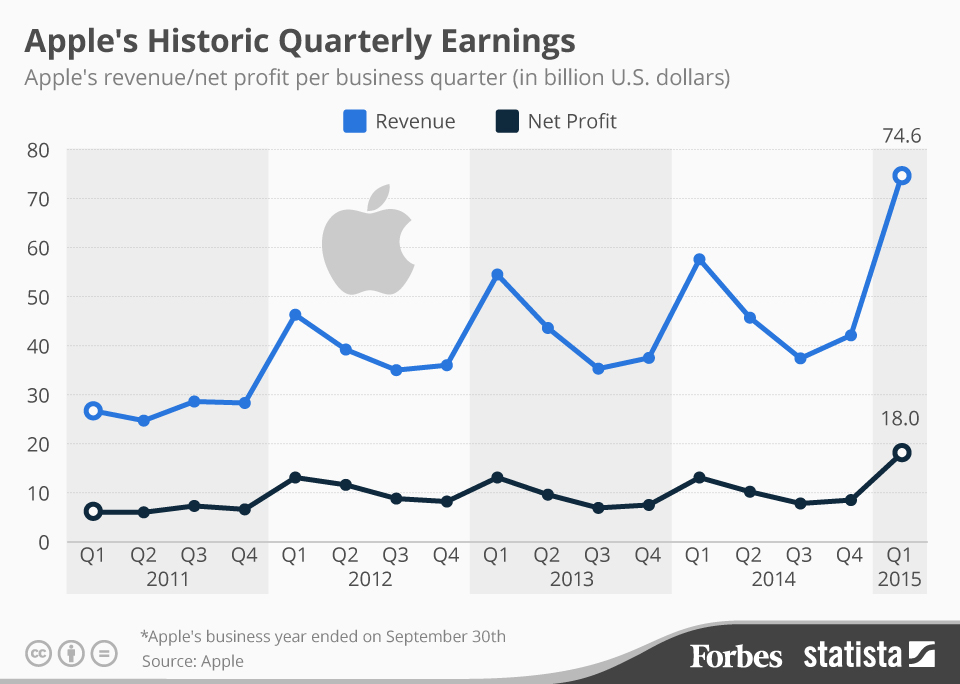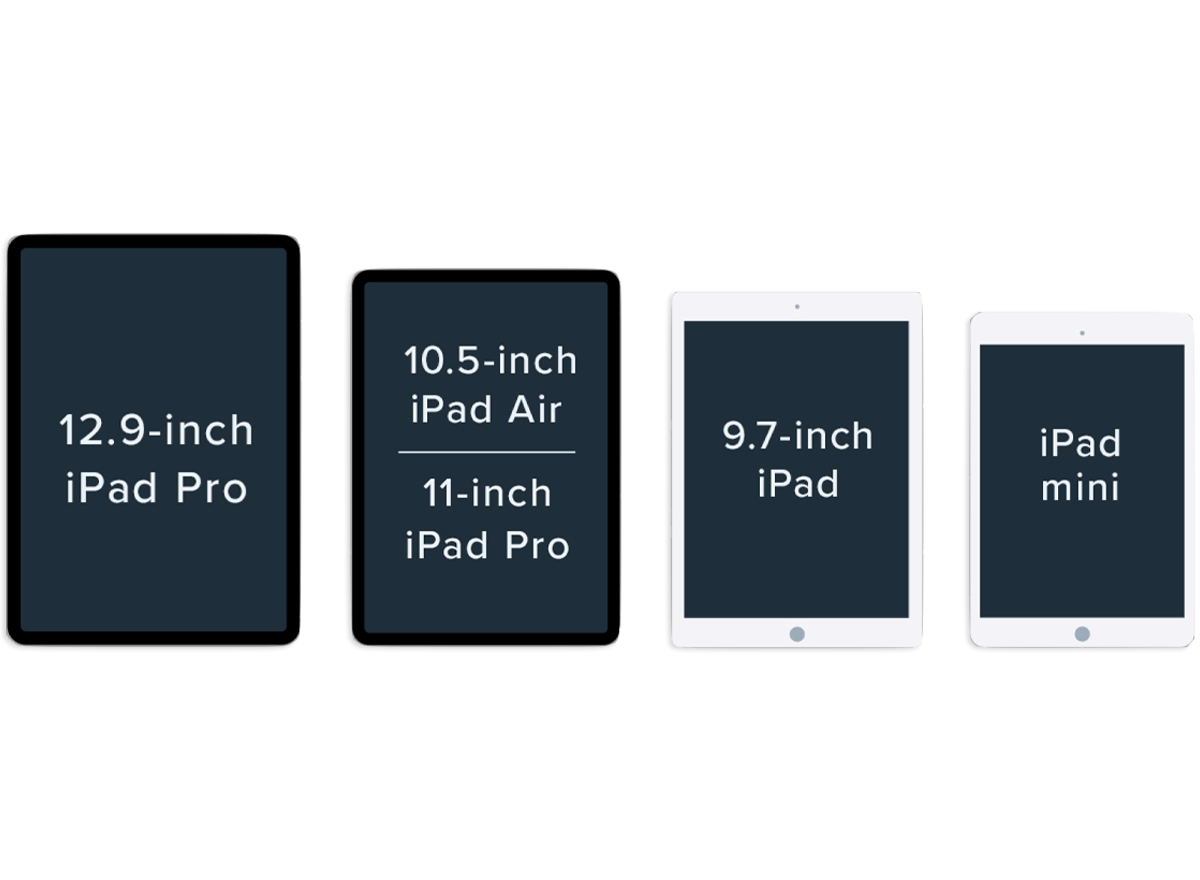Apple Vision Pro apps are on the brink of a groundbreaking evolution as Apple gears up to unveil an ambitious software overhaul at the upcoming WWDC 2024 event. Under the leadership of VP Alan Dye, this update promises to unify iPhone, iPad, and Mac user experiences, moving toward a design aesthetic influenced heavily by the VisionOS platform. Reports suggest that these enhancements will represent the most significant user interface changes since the launch of iOS 7, introducing a new wave of circular icons, simplified navigation, and immersive 3D elements. As Apple transitions away from its traditional designs, the new Vision Pro apps will serve as a bold example of what users can expect from future software iterations across all Apple devices. With this imminent launch, the tech community is buzzing with excitement over how these Apple software updates will redefine digital interactions and enhance user engagement across the board.
The upcoming changes to Apple Vision Pro applications reflect a larger trend in Apple’s approach to technology, emphasizing a cohesive user experience across its devices. This initiative is part of a strategic move to revamp their software ecosystem, ensuring that platformslike the iPhone, iPad, and Mac remain interconnected while maintaining their unique characteristics. Enhanced user interface modifications, inspired by the advanced design of the Vision Pro headset, signal a transition toward a more intuitive interaction model. This transformation aims to elevate both functionality and aesthetic appeal, aligning with the company’s recent announcements at WWDC 2024. By fostering innovation in its application interface, Apple is gearing up to redefine how users engage with its software solutions, creating a seamless environment for productivity and creativity.
The Upcoming Apple Vision Pro Apps Revolution
As Apple gears up to unveil its latest software overhaul, the spotlight is on the innovative apps designed for the Apple Vision Pro. Bloomberg’s Mark Gurman has indicated that these applications, notably Sports and Invites, are indicative of a significant shift in Apple’s approach to user interface and experience. By integrating elements from VisionOS, Apple is not just making updates; it’s redefining how users interact with their devices, creating more immersive and engaging experiences that leverage spatial computing.
The introduction of Apple Vision Pro apps aims to leverage the advanced capabilities of the spatial computing headset. Users can expect features that offer a seamless blend of reality and digital experiences, enhancing interactions across Apple’s ecosystem—from iPhones to Macs. As Apple continues to set the pace with its software updates, these new apps promise to play a crucial role in showcasing the potential of VisionOS, demonstrating how Apple can create synergy across its hardware offerings.
WWDC 2024: What to Expect from Apple
With the World Wide Developers Conference (WWDC) 2024 just around the corner, anticipation is mounting regarding Apple’s announcements. This year, the focus is likely to be on a comprehensive redesign of its software across iOS, iPadOS, and macOS platforms, aiming to provide a more cohesive experience. The potential implementation of user interface changes inspired by VisionOS could mark a pivotal evolution in how Apple products operate, signaling the most significant updates since the radical changes introduced in prior versions.
This announcement will likely align with Apple’s strategy to create harmony among its digital environment, streamlining user interactions. The updates will encompass a dramatic overhaul intended to enhance usability, ensuring that Apple’s software maintains its reputation for user-centric design while integrating new tech advancements. Expect to hear discussions on how these upgrades will not only improve functionality but also modernize the Apple ecosystem with more fluid, interconnected experiences.
Exploring VisionOS Design Changes
The VisionOS aims to redefine user interaction across Apple’s platform, and design changes are at the forefront of this initiative. Influenced by the successful introduction of the Vision Pro headset, the new design aesthetics incorporate circular icons, translucent navigation panels, and innovative use of 3D effects, all of which contribute to a more immersive user experience. This fresh visual approach reflects Apple’s commitment to modernize its user interface while still grasping its core principles of simplicity and elegance.
These design changes, stemming from the development of Apple’s Vision Pro apps, are expected to affect a broad range of applications on iPhone, iPad, and Mac. They aim to highlight depth and layering in user experiences, making tasks more intuitive. This shift could also signify Apple’s foresight in the realm of augmented reality, showcasing how updated design elements can facilitate a seamless transition from the real world to digital spaces.
The Significance of Apple’s Software Overhaul
Apple’s pending software overhaul marks a significant step toward unifying its ecosystem, particularly as it aims to simplify the user experience across its devices. This overhaul comes after years of incremental updates and is characterized by a commitment to enhancing the intuitiveness of its user interfaces. Aspects like the emphasis on simplified windowing and enhanced navigation will likely set a precedent for future software iterations, with functionality and aesthetics merging more cohesively than ever.
By rolling out these significant changes, Apple seeks to demonstrate that it can innovate in a landscape that often favors radical shifts. The goal is not merely to update the operating systems but to ensure that users enjoy a consistent yet unique experience with each platform. With a focus on aligning the user interface elements across devices, Apple is ensuring that its loyal customers will have a smoother transition between their iPhones, iPads, and Macs.
Anticipating User Interface Changes in iOS and macOS
The anticipated user interface changes in iOS 19 and macOS 16 are set to bring a breath of fresh air to Apple’s operating systems. With the collective code name ‘Luck’ for iOS and iPadOS, and ‘Cheer’ for macOS, users can look forward to innovations that promise to enhance usability and aesthetic appeal. These changes are designed to make the user experience not only more enjoyable but also more functional, emphasizing Apple’s philosophy of intuitive design.
As Apple pushes the envelope with its software updates, the focus on UI consistency across the platforms will likely delight users who thrive on cohesive experiences. The incorporation of design elements from VisionOS into the iOS and macOS interfaces hints at an exciting future where interactions feel more natural. The adoption of new visual cues might also bolster productivity, making daily tasks less cumbersome and more engaging.
Implications of Apple’s Commitment to Design Consistency
Apple’s commitment to maintaining design consistency across its platforms is a strategic move that reinforces brand loyalty among its users. By ensuring that the user interfaces of iPhones, iPads, and Macs align more closely, Apple aims to foster a sense of familiarity that reduces the learning curve for users who switch between devices. The overarching goal is to provide a cohesive experience that feels integrated rather than jarring, ultimately enhancing user satisfaction.
Such consistency is not merely cosmetic; it is foundational to Apple’s mission of simplifying technology for its users. The upcoming changes suggest that Apple is reassessing its design language to create visual harmony, which can lead to greater user engagement and satisfaction. With these deliberate choices, Apple seeks to redefine the digital landscape, proving that design thinking should go hand-in-hand with technological innovation.
Analyzing Apple’s Updates: A Historical Perspective
To appreciate the significance of the upcoming updates, one must consider Apple’s historical context concerning software revisions. Major milestones such as the introduction of iOS 7 in 2013 and macOS Big Sur in 2020 marked turning points in Apple’s design philosophy, influencing how users engage with their devices. The upcoming overhaul is viewed as a pivotal moment akin to these landmark changes, heralding a new era that aligns with the fresh perspectives introduced by Apple Vision Pro.
Such historical comparisons underline that these updates are more than just technical fixes; they are a reflection of evolving user expectations and technological advancements. Apple’s willingness to innovate its user interface while staying true to its heritage speaks volumes about its vision for the future of interactive design. As users brace for these changes, they can expect a blend of familiarity and novel engagement that redefines the Apple experience.
The Role of User Feedback in Software Development
User feedback has always played a crucial role in Apple’s software development processes, and the upcoming updates are no exception. As the company prepares to unveil its new user interfaces, incorporating user insights becomes essential to ensuring that these changes resonate with the audience. By listening to customer experiences and preferences, Apple can fine-tune its designs to better meet user needs, making the latest offerings more relevant and effective.
The emphasis on gathering feedback reflects a broader trend within the tech industry, where user experience is paramount. Apple’s commitment to refining its software based on real-world use highlights the company’s understanding of how essential it is to foster a user-centered design approach. This collaborative spirit in development not only enhances product quality but also reinforces consumer confidence in the Apple brand.
Unlocking the Future of Apple through VisionOS Integration
The integration of VisionOS into Apple’s ecosystem symbolizes the company’s ambitious vision for the future of technology. By embracing a user interface that draws from the advanced capabilities of Vision Pro, Apple signals a substantial shift towards immersive computing experiences. This step not only emphasizes the importance of adaptability in technology but also positions Apple as a leader in the evolving digital landscape, ready to meet the challenges of spatial computing.
Apple’s strategy to weave VisionOS into its broader software framework resonates well with the increasing expectations surrounding augmented and mixed reality applications. As developers create applications that take full advantage of these advancements, users can anticipate experiences that are more dynamic and interconnected. The successful implementation of such innovations will undoubtedly pave the way for the next generation of Apple products, ensuring that they remain at the forefront of technology.
Frequently Asked Questions
What are the key features of Apple Vision Pro apps?
Apple Vision Pro apps utilize the new VisionOS design, featuring circular icons and enhanced 3D elements for depth. They reflect a major software overhaul in iOS, iPadOS, and macOS, with significant changes to user interfaces that prioritize simplicity and consistency across Apple’s platforms.
How will the Apple Vision Pro influence future app development?
With VisionOS as a model, future Apple Vision Pro apps will likely incorporate new design elements like translucent navigation panels and streamlined interfaces, promoting a cohesive user experience across devices.
What are the anticipated changes in Apple software following WWDC 2024 announcements?
The WWDC 2024 announcements are expected to reveal a comprehensive overhaul of Apple software for iPhone, iPad, and Mac, aligning these platforms more closely with the Vision Pro’s user interface changes, leading to a more integrated Apple ecosystem.
Will all apps on iPhone and iPad receive updates for the Vision Pro design changes?
While not all iPhone and iPad apps will change, many will likely receive updates that reflect the new user interface changes inspired by Apple Vision Pro apps, particularly those that leverage the features of VisionOS.
How do the Apple user interface changes impact usability?
The Apple user interface changes aim to enhance usability by promoting consistency and simplicity across devices, reminiscent of the design seen in Apple Vision Pro apps. This could make it easier for users to navigate and utilize their devices effectively.
What are the implications of the software overhaul for existing Apple apps?
Existing Apple apps may undergo redesigns to align with the VisionOS framework, prioritizing a unified aesthetic and user experience across iPhone, iPad, and Mac platforms as part of the broader software overhaul.
How does the Vision Pro headset affect the overall Apple ecosystem?
The Vision Pro headset introduces significant design ideals that influence the entire Apple ecosystem, with new VisionOS features likely to extend into updates for iPhone, iPad, and Mac applications, leading to a more cohesive experience.
Are there any specific apps that will showcase the new VisionOS features?
Yes, the Sports and Invites apps have been identified as early examples of the new design language and functionality that are expected to influence many Apple Vision Pro apps and broader platform updates.
| Key Point | Details |
|---|---|
| Software Overhaul | Apple plans a significant software overhaul for iPhone, iPad, and Mac platforms, to be revealed at WWDC 2024. |
| Greatest Changes | This update will represent the most significant changes since iOS 7 (2013) and macOS Big Sur (2020). |
| Code Names | iOS 19 and iPadOS 19 are code-named ‘Luck’; macOS 16 is code-named ‘Cheer’. |
| Inspiration from Vision Pro | UI changes are inspired by the Vision Pro’s software, VisionOS, featuring circular icons and 3D elements. |
| Development Leadership | Alan Dye, VP of human interface design at Apple, is leading the redesign effort. |
| Platform Separation | Despite UI changes, Apple intends to keep iOS, iPadOS, and macOS somewhat separate to encourage device diversity. |
Summary
Apple Vision Pro apps are set to redefine the user experience across Apple’s platforms with a dramatic software overhaul. Scheduled for announcement at WWDC 2024, this update promises significant UI changes that go beyond mere aesthetics, taking inspiration from the Vision Pro’s design language. Users can expect a cohesive experience not only in design elements but also in functionality, enhancing how they interact with their devices. By retaining distinct experiences across different platforms, Apple aims to continue offering unique benefits tailored to each device, ensuring that consumers remain engaged with the Apple ecosystem.



